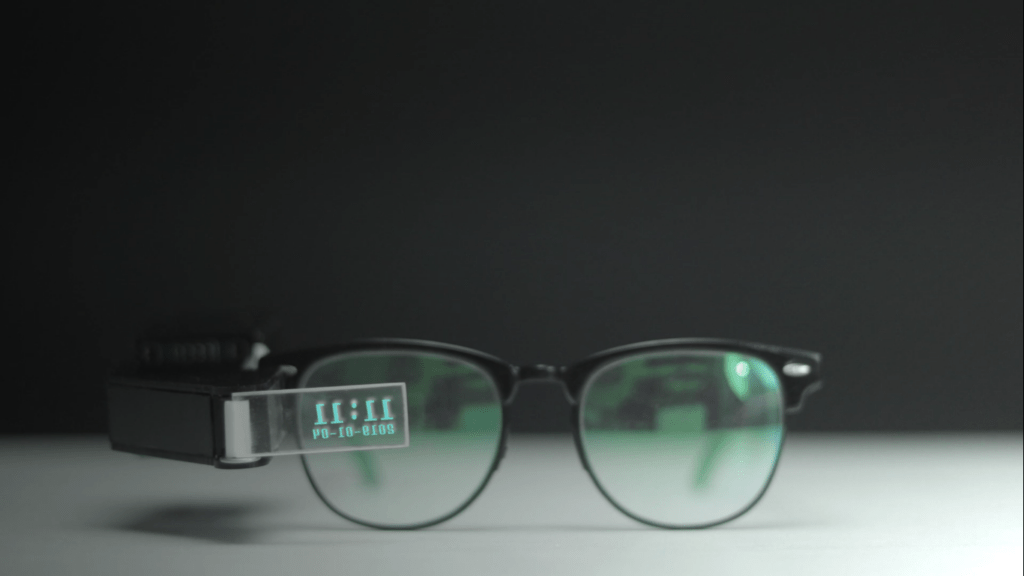
When Google Glass launched in 2013, the public opinion seemed to be “interesting technology, but the world isn’t ready yet.” Now that more than a decade has passed, the world may finally be ready — especially with the omission of controversial features like video recording. If that appeals to you, then Akashv44 has a great tutorial that will walk you through building your own affordable Arduino-based smart glasses.
The biggest challenge for a project like this is the geometry of the heads-up display optics. Our eyes cannot focus on a screen that is too close. The screen has to be at least a few inches away to comfortably read. But those few inches don’t need to be in a straight line, so this device uses a mirror, a lens, and a piece of glass to project screen content in front of the user’s eye. The total distance along that path is enough for the user to focus on the content without eye strain.

That content comes from a small monochrome OLED screen chosen for its high contrast. The dark pixels of the screen are essentially invisible, while the lit pixels are easy to see. The content on that screen comes from an Arduino Nano board. It receives power from a 300mAh lithium battery (this design doesn’t contain a charging circuit) and an HC-05 Bluetooth module lets the Arduino communicate with external devices.
In theory, the Arduino can display any alphanumeric digits that it receives via Bluetooth. So, the content shown will depend on the user and there are many possibilities. It could, for example, reveal incoming text messages or information about whatever song is playing.
The post Create your own affordable Arduino-powered smart glasses appeared first on Arduino Blog.
